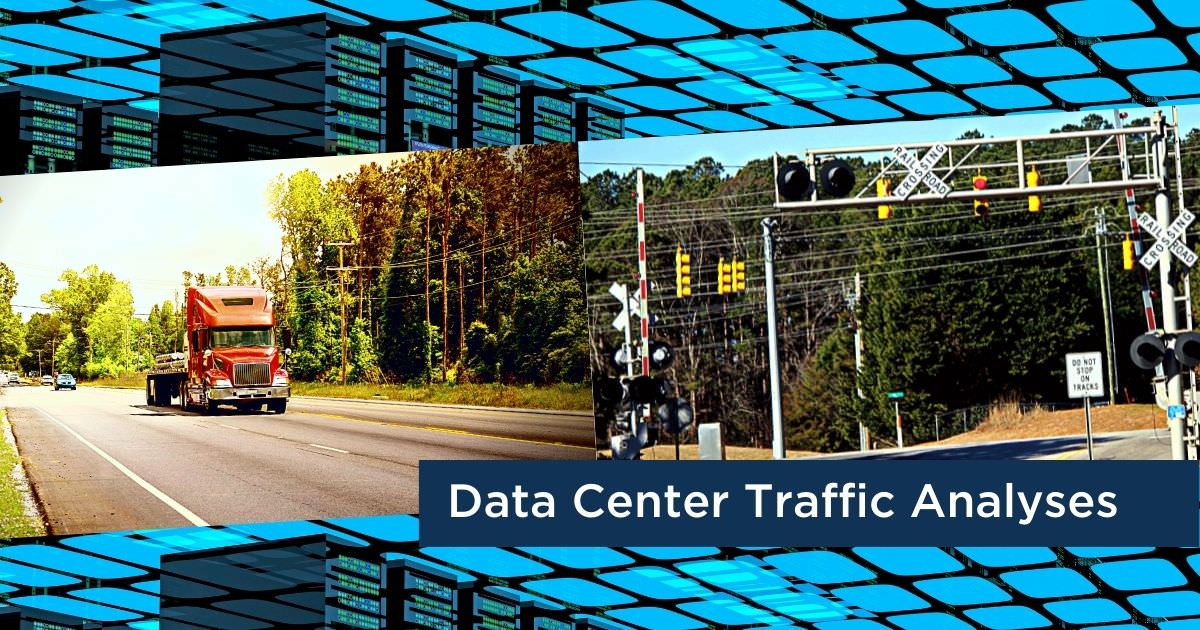The construction of data centers, warehouses, and distribution centers to support the growth of internet and cloud-based commerce is apparent in the farther suburbs of many metropolitan regions, including Prince William County, Virginia. The development of these facilities requires traffic engineering analyses and studies that simultaneously support both economic development and the local and state transportation requirements.
With our experience as traffic engineers on data centers, warehouses, and distribution center projects, we want to share some of the key transportation components that normally require attention when developing these types of facilities.
New developments typically impact existing roadways, intersections, traffic controls and signals, and speed limits. Complicating these factors, data center and warehouse/distribution center developments need to be analyzed in relation to surrounding communities and uses which include:
- Former and current agricultural lands
- Residential areas
- Wooded areas
- Industrial parks
- Institutional uses such as schools and churches
- A variety of commercial uses
Traffic Analyses for Data Centers and Warehouses/Distribution Centers
Traffic impact analyses in Prince William County vary with each proposed development, but the list of concerns to be addressed and analyzed can include:
- Analyses of existing roadway and intersection geometrics, traffic controls, and speed limits
- Traffic signal studies, including traffic signal warrant analyses
- Counts of traffic at existing intersections, as well as intersection capacity analyses and the inclusion of vehicle classifications as a component of traffic counts
- Preparation of capacity, roundabout, and queuing analyses
- Security gate and rejection lane analyses of geometrics and circulation
- Internal circulation analyses for large vehicle traffic
- Arterial and collector roadways
- Discussion and coordination with County and State staff to identify the scope of traffic studies
- Access and circulation issues, including vehicular access, site access driveway improvements, and turning radii of large trucks
- Recommendations for traffic mitigation
- Development of so-called “trip cap” thresholds that align with future planning and development phases
- Presentations and expert witness testimonies before relevant planning commissions and community groups
The success of proposed developments often hinges on accurate analyses of the impacts on the surrounding transportation network and on close cooperation and communication with transportation regulatory bodies and planning commissions.

